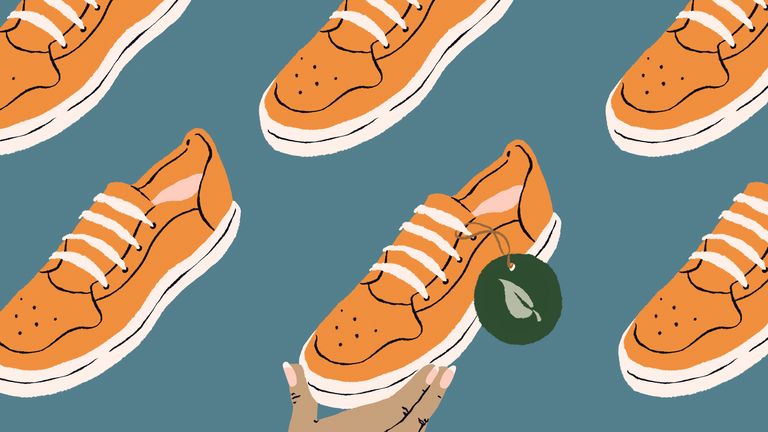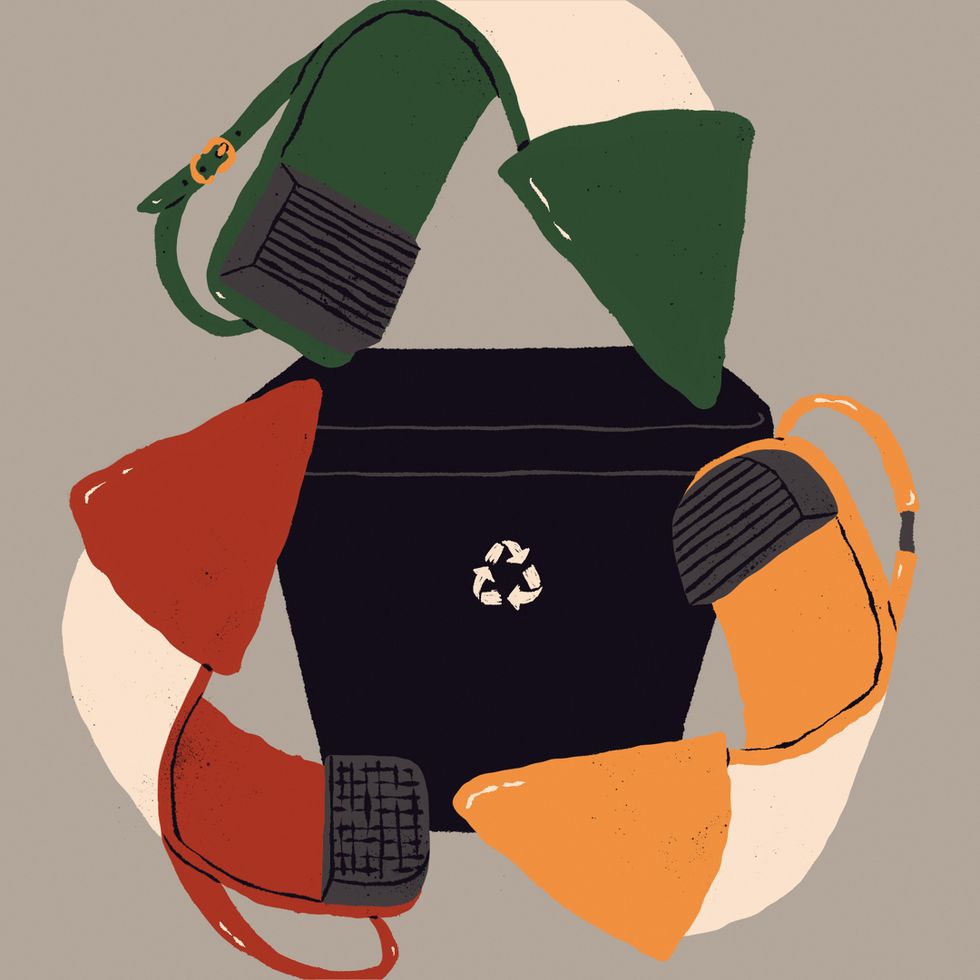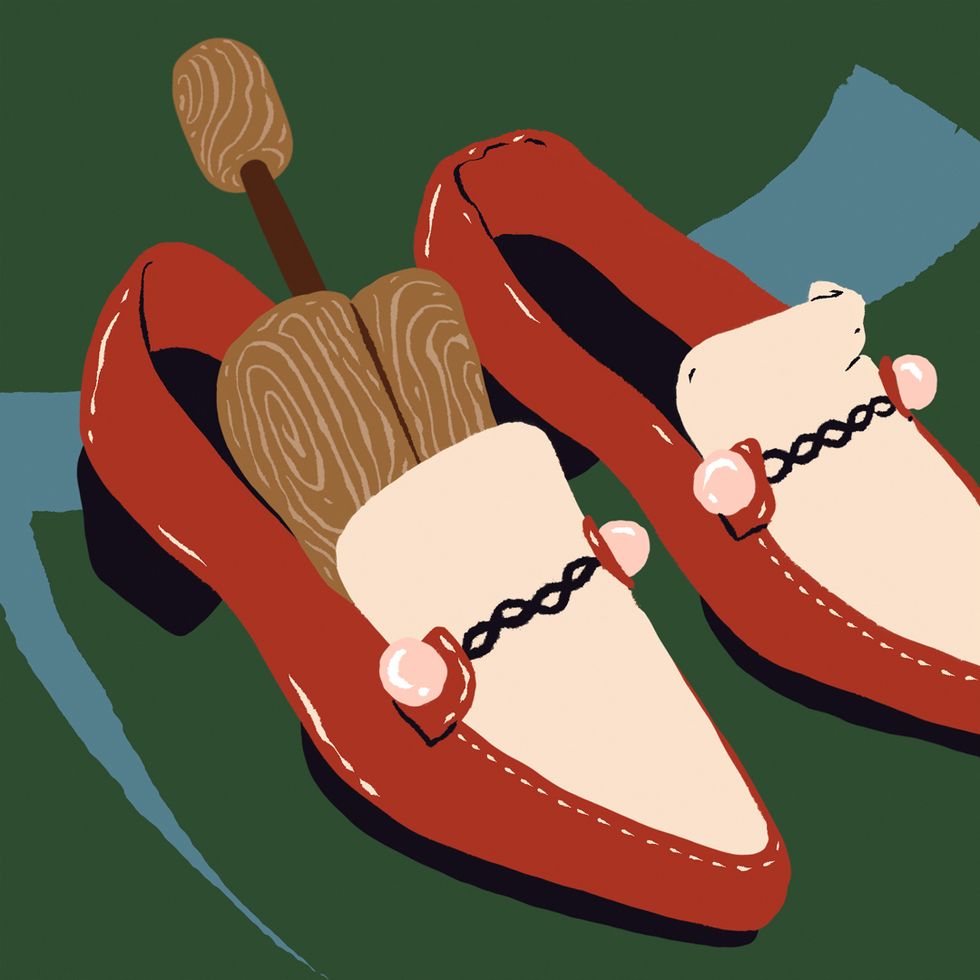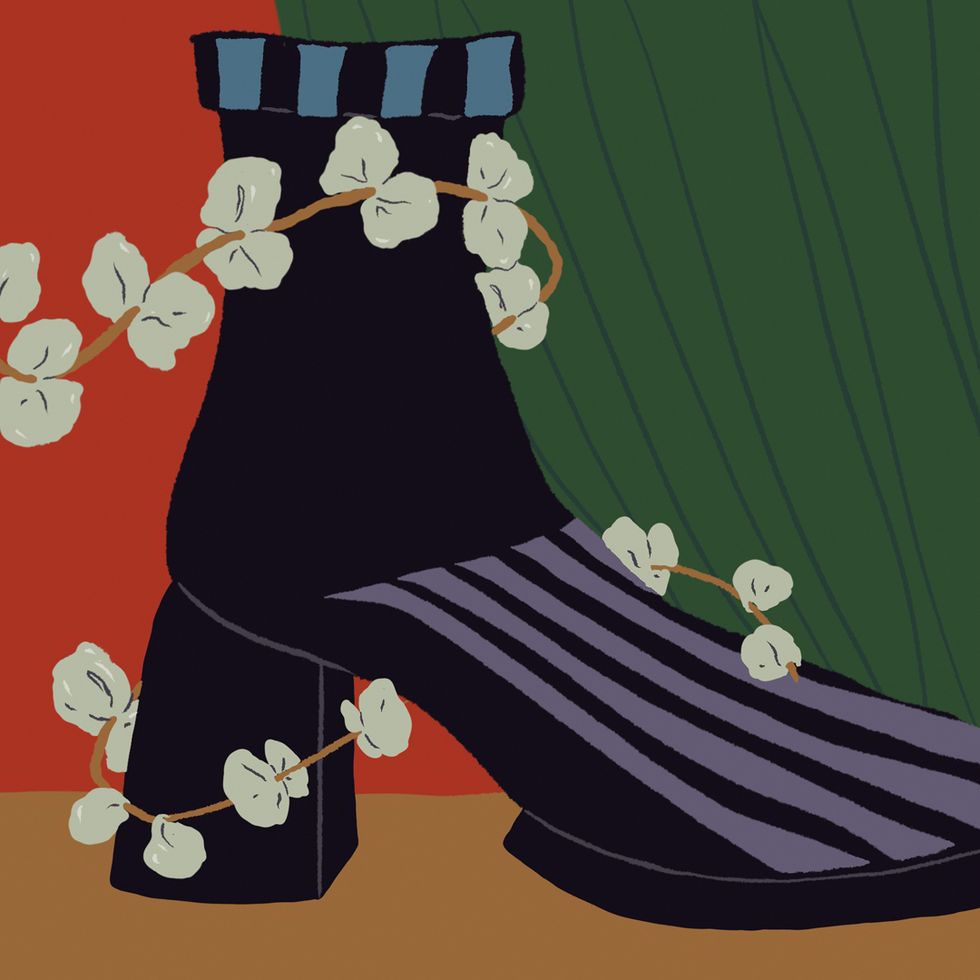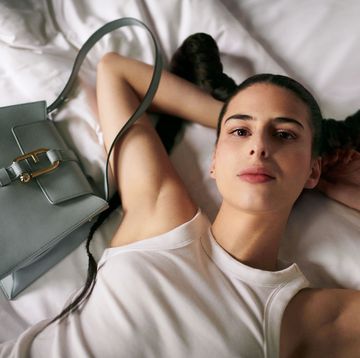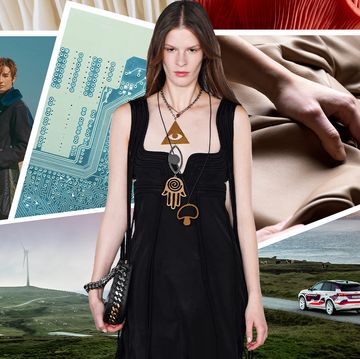When it comes to my wardrobe, I like to think I’ve gotten into a green groove: I buy clothes that are produced using less chemicals and energy; I repair, reuse and recycle where I can; plus I still have tops that I bought as far back as 2005.
My shoe rack, though? Not so eco-friendly. I’m naturally one of those people who looks like they’re constantly power-walking, so I tend to have a fast turnover of shoes. After discovering that the apparel and footwear industry accounts for 4% of the global impact of climate change, and that most shoe uppers and outsoles are made from virgin plastics, I vowed to rethink my shoe collection (and possibly my heavy-footed strides).
Here are four ways I’m making a commitment to change.
I’ve started to separate old shoes (Carrie Bradshaw-style) into three piles: those to donate, those to recycle and those that can be reused.
When it comes to still wearable or easily repairable shoes, I’ll donate them to charities like Shoe Aid, which ensures they go to a good home.
With shoes that are on their last legs, I’ll pack them up and take them to a shoe recycling bank or back to the store – some brands like Camper will give them a second life or dispose of them responsibly. Seriously worn-out shoes can still be used to manufacture other materials and be upcycled or repurposed as something entirely different.
When it comes to my shoes, I used to be a ‘just shove them on the bottom shelf’ kind of woman. Now, I treat them with extra care to prolong their wearability.
I use water-resistant protector sprays when necessary and store shoes in their boxes where space allows. I also now know what a shoe tree is, which is great for keeping boots and loafers in shape.
I keep the insides fresh by cleaning them with a little bit of white vinegar and baking soda, and I repair and replace where I can, sorting scuffs myself and changing laces when needed. Not forgetting to mention my new local best friend, the cobbler who keeps giving my heels new life.
Most shoes are made from new synthetic materials like virgin plastic, rubber and petroleum, all of which produce alarming amounts of carbon dioxide. Thankfully, recycled and renewable materials are now being explored and more widely used.
I already buy clothes produced with TENCEL™ Lyocell fibers, derived from sustainably grown wood sources, so when I saw that the brand collaborated with Camper footwear, my interest was piqued.
Knowing how breathable their fibers are when compared to synthetic and polyester counterparts, I was interested to see how this would translate to shoes.
Developed using a closed loop production process (meaning more than 99% of everything, from the water to the solvents, is reused), TENCEL™ fibers are biodegradable and compostable, with a very low ecological impact.
These sock-boots mould to your feet, creating a knit that’s as comfortable as it is chic. I’ve been wearing these with cropped, wide-legged jeans and a crisp white shirt.
With eco-friendly claims particularly in fashion at the moment, I’m ensuring I really understand the ethos behind a brand, looking beyond any potential greenwashing.
Contemporary Spanish footwear brand Camper, for example, has vowed to eliminate virgin plastics from its uppers by 2022, working towards a goal of eradicating fossil fuels from its production lines completely. This environmental ethos isn’t new either; back in the 90s, Camper led the ‘if you don’t need it, don’t buy it’ campaign, while TENCEL™ has been actively promoting sustainable fashion amongst the textile industry and consumers for many years, way ahead of the trend. With durable materials that last longer, I'm not just buying into products made with sustainable TENCEL™ fibers, I'm investing in a greener lifestyle in general.
As a consumer, I care about fair trade, ethical employment, organic materials and businesses’ charitable ventures, and try to buy based on that, in the hope it will help to create a more people- and climate-conscious industry. And guess what? I think it’s working.
Learn more about how TENCEL™’s #FeelsSoRight Camper shoes are transforming women’s footwear through sustainability and innovation

